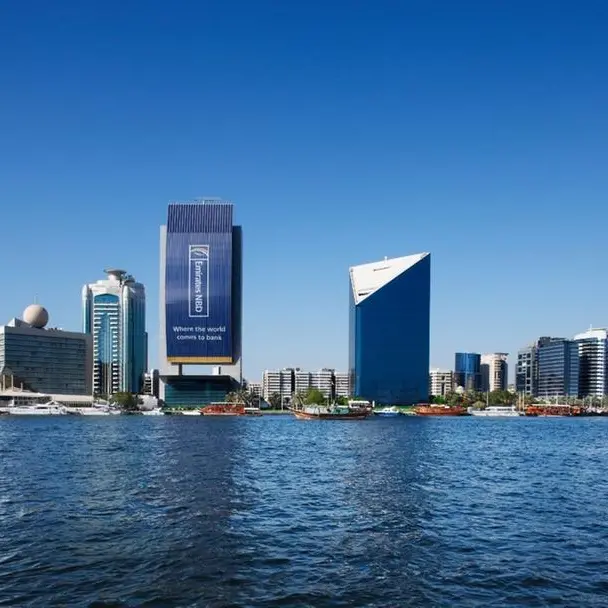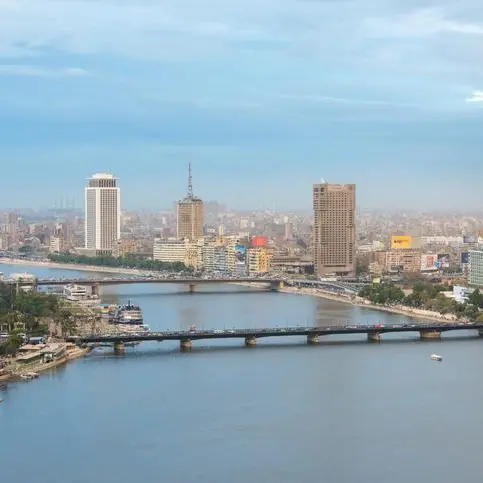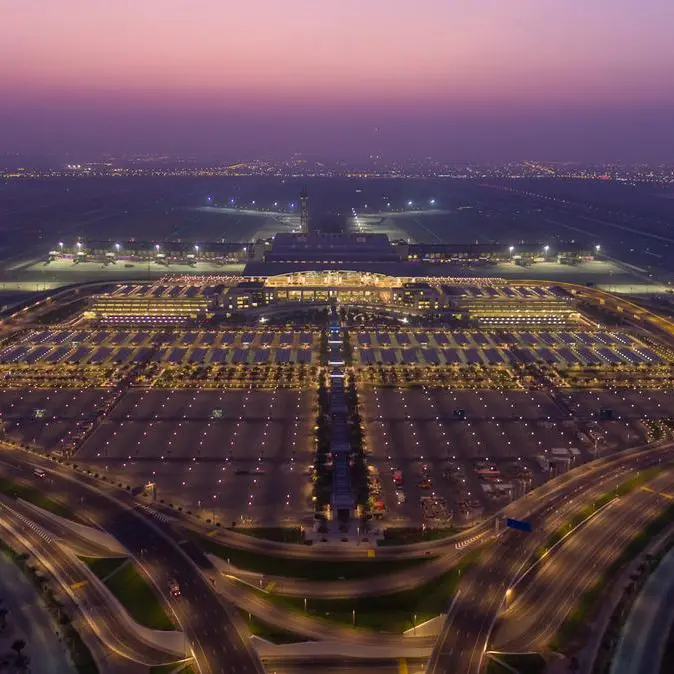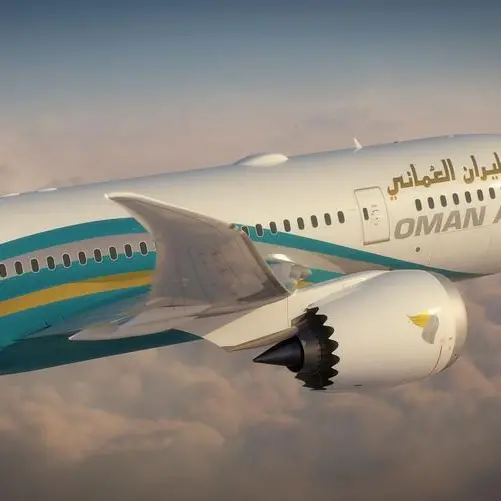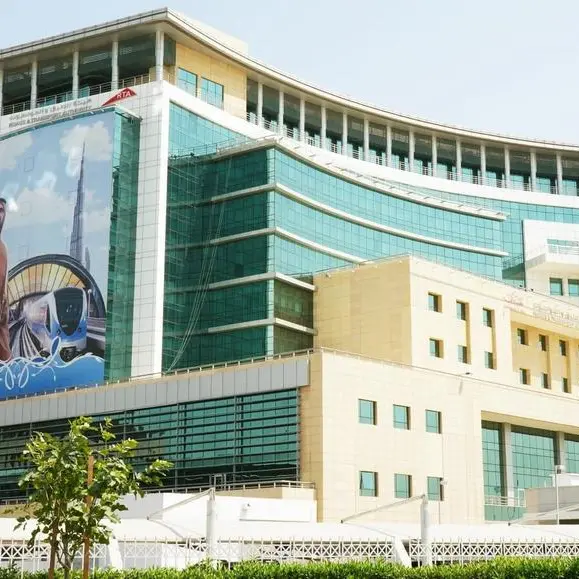PHOTO
Lending growth continued for the fourth consecutive quarter in Q1 2021 for listed banks in the GCC. The sector is likely to witness new challenges in the second half of the year (H2) owing to unwinding of banking related COVID-19 relaxations.
According to a report on by Kamco Invest, gross loans (excluding Kuwaiti banks) reached $1.43 trillion at the end of Q1 this year, registering a q-o-q growth of 3.5 percent. However, aggregate net loans (including Kuwaiti banks) grew at much slower pace of 1.8 percent q-o-q to reach $1.52 trillion.
UAE was the only country in the region that reported a decline in net loans by 0.7 percent, whereas the rest of the GCC reported sequential quarter growth.
Customer deposits registered growth across the board reaching $1.89 trillion at the end of the quarter with a q-o-q growth of 2.3 percent. The faster pace of growth in customer deposits versus net loans resulted in a lower loan-to-deposit (LDR) ratio at 80.2 percent.
Total banking sector assets continued to climb for the fourth consecutive quarter reaching a new high of $2.51 trillion. Growth was seen across the board with Omani banks reporting the biggest q-o-q percentage increase in total assets at 3.2 percent, although the Sultanate remains the smallest banking industry in terms of listed bank total assets of $81 billion at the end of the current Q1.
UAE banks continued to account for the biggest share of regional banking balance sheet with total assets of $818 billion followed by Saudi Arabia at $673 billion.
Meanwhile, the stability in oil prices at over the $65/barrel level has somewhat alleviated concerns related to government revenues and estimates now point to much lower funding requirements. That said, government’s spending plans remains intact and as a result break-even oil prices are above the current oil price for all the GCC countries, barring Qatar, according to the IMF.
Sovereigns are also looking for private participation in the economic activity as seen from a number of PPP projects awarded recently. “This, according to us, would augurs well for GCC banks, especially given the unutilized lending capacity with one of the lowest loan-to-deposit ratio of 80.2 percent.”
New challenges post-COVID-19
Nevertheless, the unwinding of banking related COVID-19 relaxations would present new challenges for the sector in H2 2021.
The impact of COVID-19 was apparent on the GCC banking sector that recorded record high provisions during Q4-2020.
As an ongoing effect of the pandemic, banks also slashed cash dividend payments by almost half, from $14.6 billion as cash dividend for FY-2019 to $8.0 billion for FY-2020.
This was also the second consecutive year of dividend cuts, one of the first since the financial crisis, after FY-2019 dividends were cut by $3.9 billion.
(Writing by Brinda Darasha; editing by Daniel Luiz)
Disclaimer: This article is provided for informational purposes only. The content does not provide tax, legal or investment advice or opinion regarding the suitability, value or profitability of any particular security, portfolio or investment strategy. Read our full disclaimer policy here.
© ZAWYA 2021

